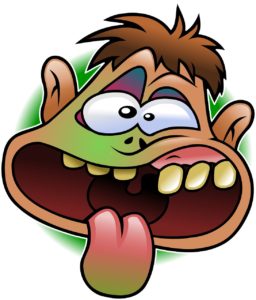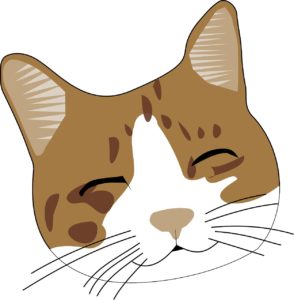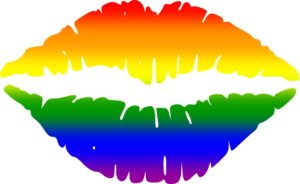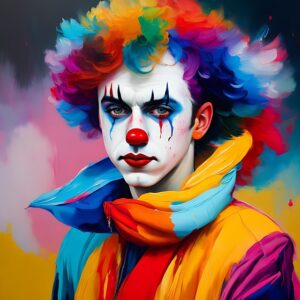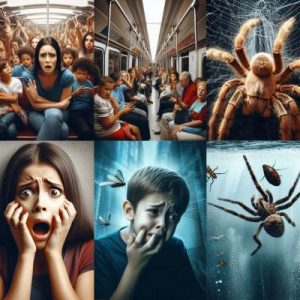How to explain the fear of clowns?
Are you one of those who think there’s something unpleasant about a clown? Did you even fear him in your childhood? You may have wondered why what is meant to be fun for some people causes extremely unexpected emotions. According to scientific theories, this is not just a matter of irony – the secret lies in something else.
There is definitely an irrational fear of clowns on the list of weirdest phobias as well. The clown phobia known as coulrophobia seems to be taking on a whole new dimension lately.
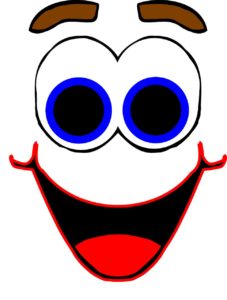 The clown phobia is thought to be triggered by some traumatic experience, but the general feeling of discomfort is explained in other ways. In addition to calling for a television contribution to this problem, there are theories that find the reason for the negative perception of clowns in human nature itself.
The clown phobia is thought to be triggered by some traumatic experience, but the general feeling of discomfort is explained in other ways. In addition to calling for a television contribution to this problem, there are theories that find the reason for the negative perception of clowns in human nature itself.
If you’ve ever wondered why we’re scared of them, here’s the answer. Here are three main reasons why clowns instill fear in bone:
1. Coulrophobia is a relatively rare phobia, and scientists and doctors believe it is caused by ignorance of who is actually hiding behind a thick layer of makeup.
Fear of the clown can cause panic, difficulty breathing, irregular heartbeat, sweating, and nausea. Phobia is more common in children, but adults can also suffer from it and can be treated with cognitive-behavioral therapy.
2. Clown costumes tend to over-emphasize and enlarge facial features and body parts, such as hands, feet, and nose. It can be experienced as monstrous or as deformity as it can be comic. The pronounced abnormalities on the face of a clown can alter a person’s appearance to such an extent that the figure appears lively enough to be disturbing, but not really enough to make it appear comfortable.
The modern archetype of the evil clown was created in the ’80s and was popularized by Stephen King with his horror novel “It” which was later transferred to the movie screen. It is believed that the creation of the character of an evil clown called “Pennywise” King was inspired by John Wayne Gacy, a real serial killer called “The Killer Clown” who spread fear in America in the ’70s. He was nicknamed the Killer Clown because he sought out his victims at charity events, parades and children’s parties, dressed in the costume of Clown.
But the phenomenon of “evil” or unpleasant clown is not an effective invention of film art alone. The clown in the negative context also exists in Shakespeare (King Lear), Dickens (Pickwick papers), while in the opera Pajaci (Ruggero Leoncavallo) the clown appears as a killer.
3. Comic clowns were a common form of entertaining the masses in medieval times. Although they were funny, a disturbing truth was hidden beneath the surface of their humor. Historians point out that these pranks reminded people of their mortality, animal nature and how unreasonable, silly and petty they can be. This thinking continued through the 16th century, in which Shakespearean jesters were often associated with death and dark truths.
A good example of this is King Lear’s courtly madman, who walked around reminding people that they are not as smart as they think while uttering ambiguous sentences to confuse others and undermine their experience of reality and truth. Also, clowns have always been associated with danger and fear as they push logic to the limit. They push the human capacity for understanding to the limits of common sense, and they do it all through jokes and ridicule.
Ultimately, the assumptions made are consistent with the fact that the clown precursors throughout history have always bore the mark of something overstated, dark or abnormal.
Treatment
In the treatment of coulrophobia, as with other specific phobias, cognitive behavioral therapy and exposure therapy are usually applied. While the first focuses on the analysis of the causes of fear when talking to an expert, the second involves a slightly more extreme method: direct and gradational confrontation of the patient with the source of fear, of course, in a controlled situation, with the aim of gradually eliminating fear of clowns. This would mean that the person suffering from the phobia faces different clowns or their performances until the clown for it ceases to be a source of potential threat.

